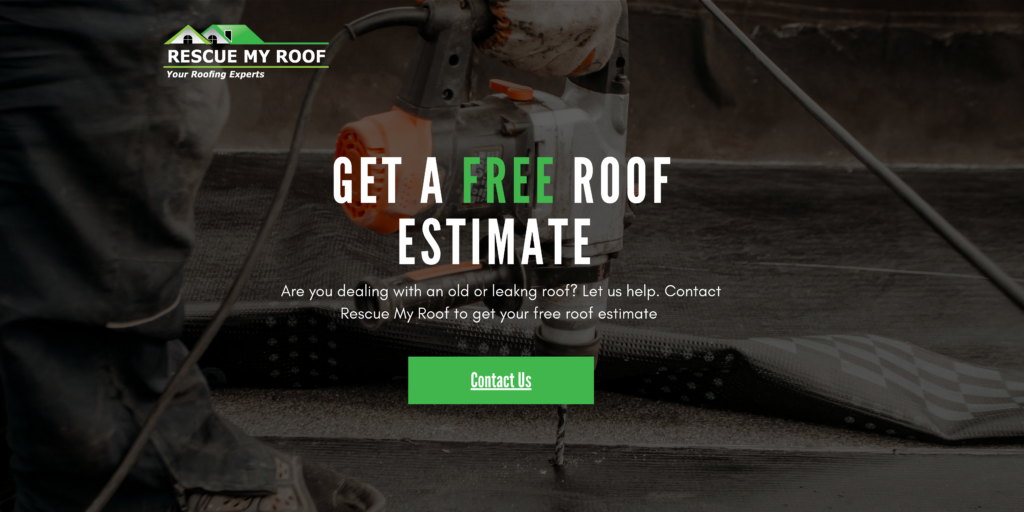What Are Percentage Deductibles? What You Should Know Before Filing A Roof Claim
When it comes to roofing insurance claims, homeowners often encounter something called a percentage deductible. Unlike standard fixed deductibles, which are set at a specific dollar amount, percentage deductibles are based on a percentage of the insured home’s total value.
This can significantly impact how much a homeowner pays out of pocket when filing a claim. Understanding how percentage deductibles work is crucial for homeowners who want to be prepared for potential roofing repairs or replacements. Do you know what your policy states?
For over a decade, Rescue My Roof has been a leading educator in the roofing industry. We’ve helped thousands of homeowners navigate the insurance process. Today, we’re here to help you, too.
In this article, we’ll cover how percentage deductibles work, the pros and cons, and tips for managing them. Ultimately, you’ll know how to work with your percentage deductible in a way that benefits you and your roofing claim.
How Percentage Deductibles Work

A percentage deductible is calculated based on the insured value of the home, not the cost of the roof repair or replacement. For example, if a homeowner’s insurance policy has a 2% deductible and their home is insured for $300,000, their deductible would be $6,000.
This means that if their roof sustains damage, they must pay the first $6,000 of the repair or replacement costs before insurance coverage kicks in.
Common Percentage Deductible Rates
- 1% to 5% of the home’s insured value – The most common range for percentage deductibles.
- Higher percentages for high-risk areas – In regions prone to hurricanes, tornadoes, or severe hailstorms, percentage deductibles may be higher, sometimes reaching 10% or more.
- Lower percentages for standard policies – If the home is in an area with minimal weather risks, the percentage deductible may be lower.
Why Do Insurance Companies Use Percentage Deductibles?
Percentage deductibles help insurance companies manage risk, particularly in areas that experience frequent severe weather events. They ensure that homeowners share some of the financial responsibility for roof damage, reducing the insurer’s total payout after widespread disasters.
This approach helps keep insurance premiums more stable, even in regions with high claim rates.
Pros and Cons of Percentage Deductibles
Pros:
✅ Lower Premiums – Homes with percentage deductibles often have lower monthly or annual insurance costs.
✅ Better for Minor Repairs – If your roof sustains minimal damage, you may not have to file a claim, preventing premium increases.
✅ Encourages Proper Maintenance – Knowing that a deductible is based on home value may motivate homeowners to keep their roofs in good condition.
Cons:
❌ Higher Out-of-Pocket Costs – When disaster strikes, homeowners may have to pay thousands of dollars before insurance kicks in.
❌ Unpredictable Expenses – As home values rise, so do deductible amounts, which can lead to unexpected financial burdens.
❌ May Not Be Affordable for Large Repairs – In cases of total roof loss, a high percentage deductible could make it difficult for some homeowners to afford repairs.
How to Know If You Have a Percentage Deductible

Homeowners can check their insurance policy documents or contact their insurance provider to determine if their policy includes a percentage deductible. This information is typically listed under the “deductible” section of the policy.
If the policy includes a percentage deductible, it’s important to clarify how it applies to roof claims and whether different deductibles exist for various types of damage (e.g., wind vs. hail).
Top Tips for Managing Percentage Deductibles
- Compare Insurance Policies – Some companies offer fixed deductibles instead of percentage-based ones.
- Consider a Home Value Freeze – Some policies allow homeowners to lock in a home value to prevent deductible increases.
- Start a Roofing Emergency Fund – Set aside savings specifically for potential roofing deductibles.
- Ask About Deductible Buydowns – Some insurers offer the option to pay higher premiums in exchange for a lower deductible.
Navigating Your Homeowners Insurance
Percentage deductibles in roofing insurance can be a game-changer for homeowners. While they can lower insurance premiums, they can also lead to high out-of-pocket costs when damage occurs.
Understanding how these deductibles work and preparing financially can help homeowners make informed decisions when selecting insurance policies and handling roof repairs. Before disaster strikes, it’s always a good idea to review your policy, ask your insurance provider questions, and plan ahead for potential roofing expenses.
Learn more with “Top 7 Questions to Ask Your Insurance Agent About Roof Coverage” and “5 Mistakes to Avoid When Filing A Roof Insurance Claim.”
Is your roof old and leaking, or are you struggling to find a reputable contractor? Rescue My Roof has got you covered. Contact us today to get a free estimate.


